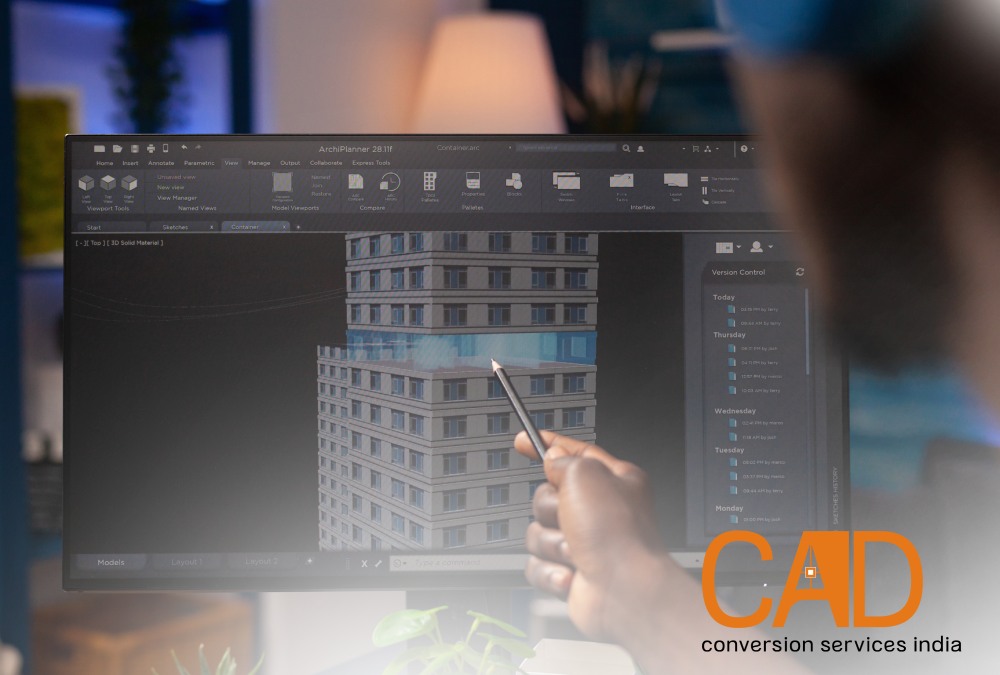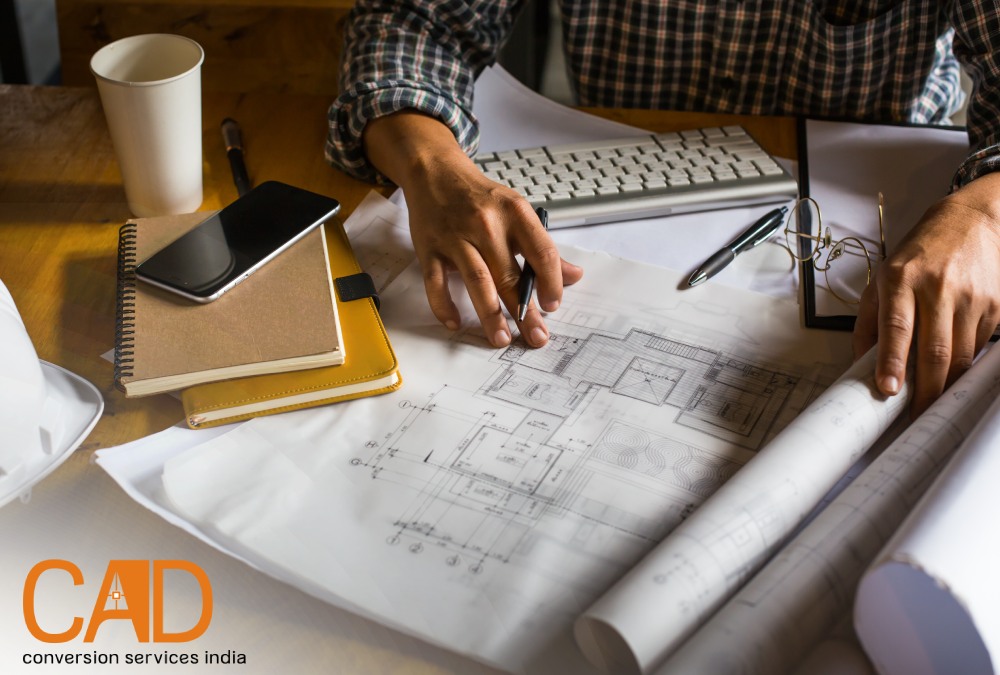In the realm of industrial construction, steel structures stand as towering testaments to human ingenuity and engineering prowess, their skeletal forms cutting through the skyline with an unmistakable presence. From vast manufacturing facilities that hum with the rhythmic pulse of machinery to soaring warehouses that house the lifeblood of commerce, these architectural giants are the backbone of our modern industrial landscape.
It is a symphony of precision and expertise that ensures these structures not only captivate with their grandeur but also withstand the rigors of time and function. It is here, in the realm of drafting tables and computer models, that the true artistry takes shape, where engineers and architects alike wield their tools with the deftness of sculptors, crafting each steel beam design and steel column sections to bear the weight of industry’s ambitions.
Through a delicate interplay of mathematics and aesthetics, loads are calculated, calculating loads for steel buildings, stresses analyzed, and materials optimized, all in service of creating structures that not only defy gravity but also inspire awe. It is a skilled art that demands unwavering attention to detail, a harmonious collaboration between the tangible and the theoretical, where every line, every equation, and every connection is meticulously orchestrated to ensure these steel titans stand tall, resilient sentinels in the face of nature’s forces and the ever-evolving demands of modern industry.
Step 1: Defining the Project Scope and Requirements
Before the first line is drawn or the first calculation is made, a comprehensive understanding of the project’s scope and requirements is paramount. Engage in in-depth discussions with clients, stakeholders, and relevant authorities to grasp the intended purpose of the structural steel construction, whether it’s a manufacturing plant, storage facility, or a combination of both. Gather detailed information on the anticipated loads, environmental conditions, and any specific regulatory or zoning requirements that must be adhered to.
Step 2: Selecting the Structural Steel System
The heart of any industrial steel structure lies in its structural system, which serves as the framework upon which the entire design is built. Evaluate the project’s unique requirements and constraints to determine the most suitable structural system. Common choices include braced frames, moment-resisting frames, or a combination of both. Factors such as load distribution, lateral stability, and cost-effectiveness should guide your decision-making process.
Step 3: Calculating Loads and Load Combinations
In the world of structural steel design, accuracy is king, and calculations reign supreme. Meticulously assess the various loads that will act upon the structure, including dead loads (steel dead loads), live loads (steel live loads), wind loads, seismic loads, and any specialized loads specific to the industrial application. Combine these loads according to established building codes and standards, ensuring your design can withstand the most demanding scenarios.
Step 4: Selecting Steel Sections and Connections
With the loads and load combinations calculated, the next step is to select the appropriate steel sections for the structural members. This process involves a delicate balance between strength, cost, and constructability. Utilize industry-standard steel sections sizes, such as wide-flange beams (steel beam sections) and hollow structural sections (steel column sections), to optimize the design. Additionally, carefully consider the connections between these members, ensuring they can transfer the calculated loads effectively (steel building connections).
Step 5: Structural Analysis and Design Iterations
Armed with the selected structural system, loads, and member sizes, it’s time to put your design through its paces. Employ advanced structural analysis software or time-honored hand calculations to assess the behavior of the structure under various load scenarios. Analyze deflections, stresses, and overall stability, making adjustments to the steel beam design and steel beam selection as necessary. This iterative process is crucial to refining the design and ensuring it meets all structural requirements.
Step 6: Detailing and Documentation
Once the structural design has been finalized, it’s time to breathe life into the plans through detailed drawings and documentation. Meticulously detailing every aspect of the industrial building steel structure design, from member sizes and connections to fabrication specifications and erection sequences. Clear and concise documentation not only ensures a seamless construction process but also serves as a valuable reference for future maintenance or modifications.
Step 7: Coordination and Review
No architectural or engineering endeavor is complete without a thorough review and coordination process. Collaborate closely with other project stakeholders, such as architects, mechanical and electrical engineers, and construction professionals. Ensure seamless integration of your structural steel design with other building systems, addressing potential conflicts or clashes before they manifest on the job site.
Step 8: Regulatory Compliance and Permitting
Before the first beam can be raised, it’s essential to navigate the intricate landscape of regulatory compliance and permitting. Work closely with local authorities and governing bodies to ensure your industrial steel structure design adheres to all relevant building codes, zoning regulations, and environmental guidelines. Obtain the necessary permits and approvals, paving the way for a smooth construction process.
Step 9: Construction Administration and Oversight
As the project transitions from the design phase to the construction phase, your involvement doesn’t end. Provide ongoing support and oversight throughout the construction process, addressing any questions or concerns that may arise. Conduct site visits, review shop drawings, and ensure the structural steel installation adheres to your design intent and industry best practices.
Step 10: Post-Construction Evaluation and Documentation
Once the final bolt has been tightened and the industrial structural steel construction stands tall, it’s time for a post-construction evaluation. Conduct a comprehensive review of the completed project, documenting any deviations or modifications made during construction. This valuable information not only serves as a historical record but also contributes to the continuous improvement of your design processes and industry knowledge.
Conclusion:
The design of industrial steel structures is a testament to the harmonious convergence of art and engineering, where form and function intertwine to create structures that inspire awe and stand the test of time. By following this step-by-step guide, you’ll navigate the intricate landscape of structural steel design, from conceptualization to realization, ensuring your industrial projects not only captivate but also embody the principles of safety, durability, and efficiency. Embrace the challenge, and let your expertise shine as you shape the industrial landscape, one steel beam at a time.



